Ladakh, nestled in the northern tip of India, offers a captivating blend of natural beauty and cultural richness. Picture yourself surrounded by vibrant prayer flags fluttering in the wind, with majestic snow-capped peaks standing guard over the region. Below, the valleys stretch out with lush green meadows contrasting against the rugged, arid mountainsides. Traditional mud brick houses add to the charm, their earthy tones blending seamlessly with the landscape. The Ladakh temperature varies significantly, reflecting its high-altitude climate.
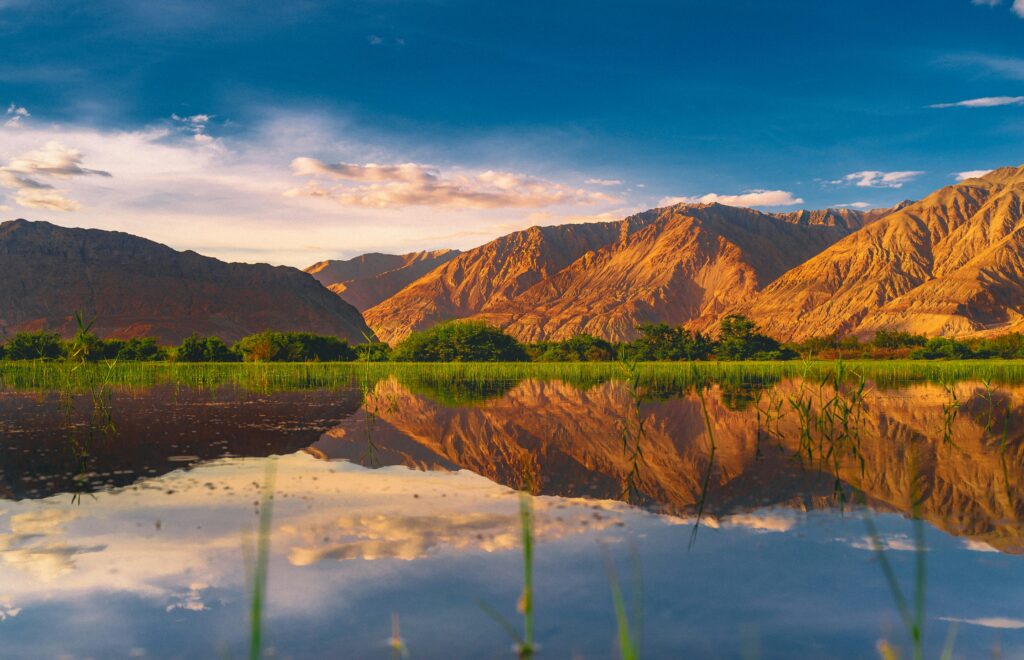
Ladakh Temperature
As you explore Ladakh, be prepared for significant temperature variations due to its high-altitude climate. In ladakh Summer days can be pleasantly warm, with temperatures typically ranging from 25°C to 30°C . However, evenings can turn chilly, often dropping below freezing, reminding you of Ladakh’s rigorous winters.Planning a trip to Ladakh requires careful consideration of its unique challenges, particularly regarding altitude and temperature fluctuations. Here are essential tips to ensure your health and comfort during your adventure.
Dressing Right for Ladakh’s Temperature Extremes
Ladakh experiences drastic temperature changes throughout the day, from chilly mornings to hot afternoons under the intense sun. Layering your clothing is key to staying comfortable . Start with a moisture-wicking base layer to keep dry, add insulating layers for warmth, and top it off with a windproof jacket. Don’t forget to wear a hat and sunglasses to protect yourself from the sun’s glare, especially during high-altitude treks.
Eating Well : Nutrition Tips for Altitude Adaptation
Maintaining a balanced diet is essential to cope with Ladakh’s altitude challenges. Local cuisine like Thukpa (noodle soup) and Momos not only satisfy your taste buds but also provide necessary carbohydrates and proteins for energy .

Avoid heavy, greasy foods that can be difficult to digest at high altitudes. Instead, opt for light, nutritious meals that support your body’s adjustment to the altitude.
Acclimatization Tips
Gradual ascent is crucial for minimizing altitude sickness. Follow recommended acclimatization schedules, allowing your body to adjust slowly. Staying hydrated and maintaining a nutritious diet also support your body’s adaptation process. It is advisable to take 2-3 days to acclimatize in Leh or the Indus valley before ascending to higher altitudes .
Temperature Variations in Ladakh
Ladakh experiences extreme temperature fluctuations. Daytime temperatures can reach up to 25°C in summer, while nighttime temperatures drop significantly, sometimes below freezing even in summer. This variability requires careful planning and suitable clothing to stay comfortable and safe. The typical weather patterns in Ladakh include warm days and cold nights, making it essential to be prepared for both extremes. Layering clothing is a practical approach to managing the temperature variations in Ladakh .
Hydration Matters: Water Intake at Ladakh’s High Altitudes
Staying hydrated is crucial in Ladakh’s dry, high-altitude environment. The low humidity can lead to increased water loss through respiration and sweat . Carry a reusable water bottle and drink water frequently throughout the day, even if you don’t feel thirsty. Avoid excessive caffeine and alcohol consumption, as they can contribute to dehydration and worsen altitude sickness symptoms.
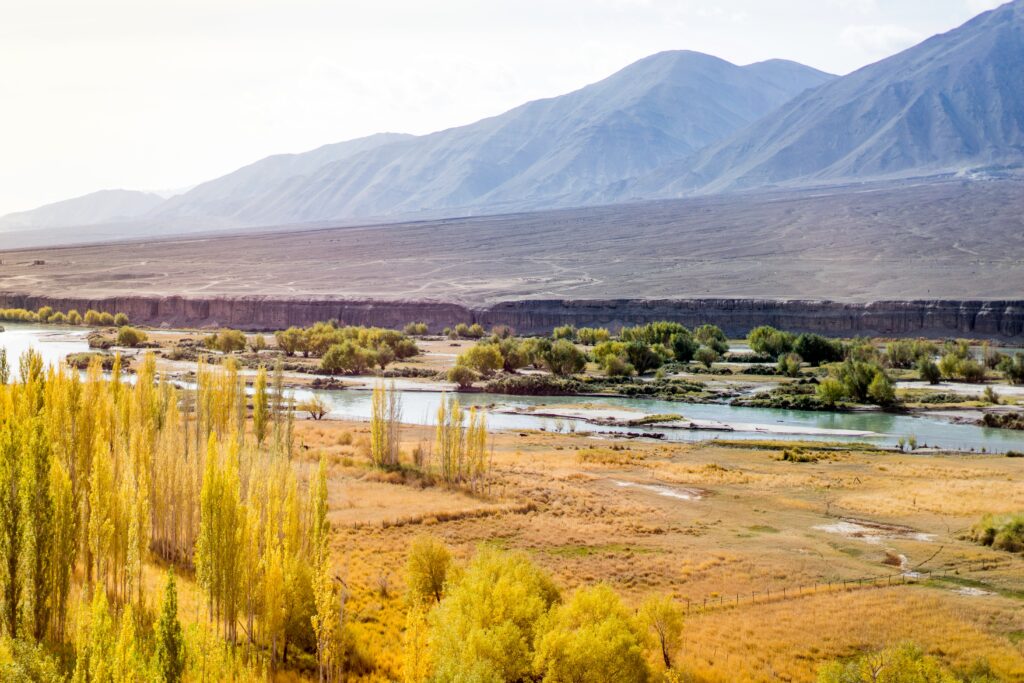
Navigating Ladakh’s altitude and temperature challenges requires preparation and mindfulness, but with these tips, you will be well-equipped to enjoy the region’s stunning landscapes and unique culture without compromising your health.
Choose the mode of transportation that best suits your preferences and travel plans. Contact us today to book your Delhi to Leh Ladakh trip and explore the wonders of this magical region with Zoyo Trip Holidays.
Visit on Lakh’s ofical Tourism Website
Follow us on instagram

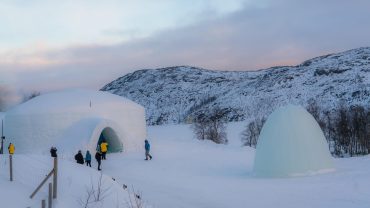
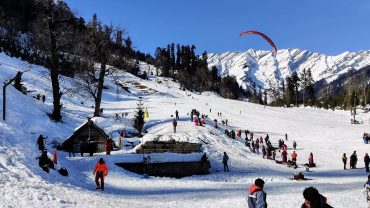
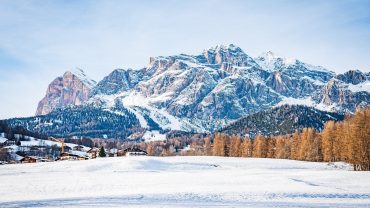




Comment (0)